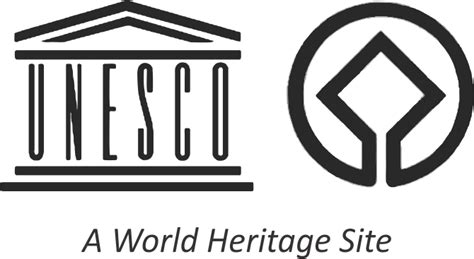Oceanic Domain of ANZAC in its capacity as acting special Rapporteur for the Bureau of the World Heritage Committee acknowledges receipt of the Tentative List for World Heritage Listing from the nation of Republic Of Winners.
No word has been received from the envoy of Republic Of Winners if they wish to ratify the Convention and/or seek membership on the Committee.
The special Rapporteur of the Bureau will prepare a report for the World Heritage Committee on the sites put forward by Republic of Winners for World Heritage Listing
From: Piotr Heat Date: 09/24/2022 Saturday 12:32 am Block Communications
Waktalaya or Time House, Khardsville (Cultural)
Started in 2038, the Waktalaya is a 63 sq meter sized house. Engineers laid one brick every weak and finally completed the project in 2080, 42 years after it's construction began.
Holkard Union Building, Holkhard (Cultural)
Built in 2025. It used to serve as the headquarters of the Holkhard City Legion. It is one of the very few buildings that survived the 27 November riots. Bullet holes can still be seen in the building along with the broken windows and torn flags.
Vikramvan, Husky-Khardsville Border (Natural)
A natural forest located on the border of Husky and Khardsville. It is estimated to have anywhere from 7k to 9k trees. It is also home to the nearly extinct Indian Poleflower. Sightings of leopards are common in this area.
Bharat Docks, Khardsville (Cultural)
Built in 2023 at the height of the First Indo-Tibetan War. It used to serve as a fish market and dockyard under the Republic of India. The docks were the very first places to raise the flag of the revolution in 2026 and were consequently attacked by the Indian military. The docks are a reminder of what used to be and why the citizens of the Republic should not take their freedoms for granted. To remember the fateful days of the revolution, the government has protected the bullet holes and blown up bridges from the military attack.
Mollem National Park, Mollem (Natural)
Spread over 240 sq km in the Western Ghats, Mollem National Park is located in Sanguem Commune in the former territory of Goa close to the border with the former territory of Karnataka. The reserve also has several temples dating back to the Kadamba Dynasty. The national park is located near the town of Mollem, 60 km south east from Holkard, the financial capital of the Republic. It is filled with lush forests and fascinating flora and fauna.
The Criteria for Selection
To be included on the World Heritage List, sites must be of outstanding universal value and meet at least one out of ten selection criteria.
These criteria are explained in the Operational Guidelines for the Implementation of the World Heritage Convention which, besides the text of the Convention, is the main working tool on World Heritage.
Selection criteria
(i)
to represent a masterpiece of human creative genius;
(ii)
to exhibit an important interchange of human values, over a span of time or within a cultural area of the world, on developments in architecture or technology, monumental arts, town-planning or landscape design;
(iii)
to bear a unique or at least exceptional testimony to a cultural tradition or to a civilization which is living or which has disappeared;
(iv)
to be an outstanding example of a type of building, architectural or technological ensemble or landscape which illustrates (a) significant stage(s) in human history;
(v)
to be an outstanding example of a traditional human settlement, land-use, or sea-use which is representative of a culture (or cultures), or human interaction with the environment especially when it has become vulnerable under the impact of irreversible change;
(vi)
to be directly or tangibly associated with events or living traditions, with ideas, or with beliefs, with artistic and literary works of outstanding universal significance. (The Committee considers that this criterion should preferably be used in conjunction with other criteria);
(vii)
to contain superlative natural phenomena or areas of exceptional natural beauty and aesthetic importance;
(viii)
to be outstanding examples representing major stages of earth's history, including the record of life, significant on-going geological processes in the development of landforms, or significant geomorphic or physiographic features;
(ix)
to be outstanding examples representing significant on-going ecological and biological processes in the evolution and development of terrestrial, fresh water, coastal and marine ecosystems and communities of plants and animals;
(x)
to contain the most important and significant natural habitats for in-situ conservation of biological diversity, including those containing threatened species of outstanding universal value from the point of view of science or conservation.











